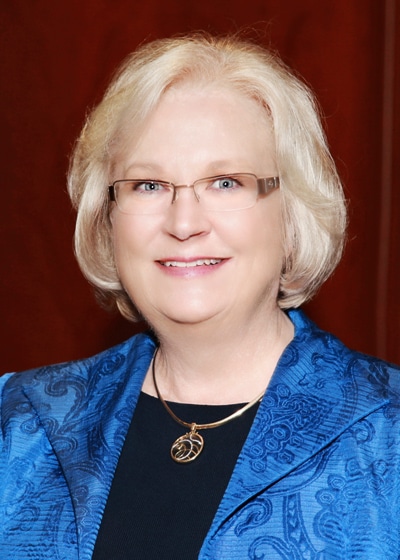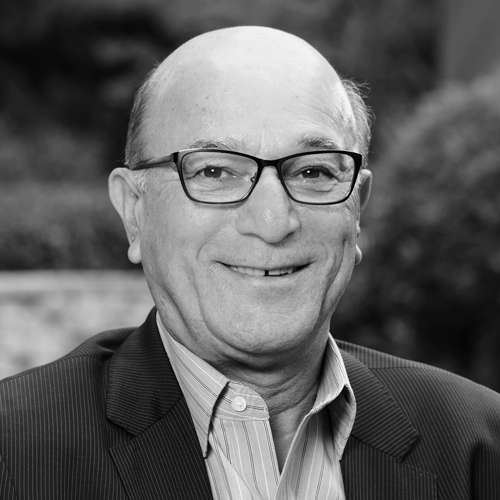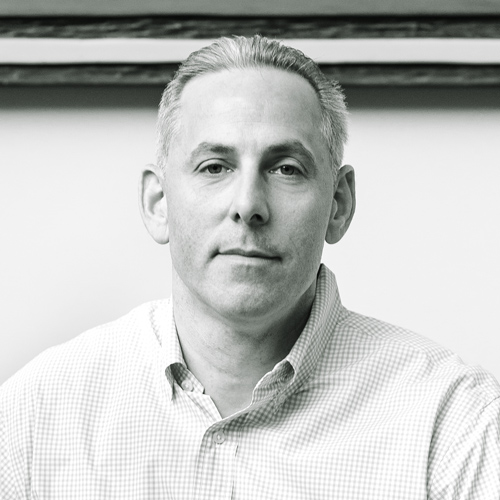When it comes to understanding the 24/7 nature of long-term care organizations, think about news reports regarding nursing homes in a hurricane “zones of concern.” Evacuations are not simple matters, because the process of transporting patients can endanger vulnerable residents. But if residents shelter in a care facility during a Category 4 storm or higher and facility administrators are accused of negligence—as was the case with senior care facilities in the United States and Caribbean islands that were hit this past fall by Hurricanes Harvey, Irma, and Maria—it can cause trouble for organizations that are trying to help patients who require around-the-clock care.
Jeanne Phillips, the chief human resources officer for Genesis HealthCare, a post-acute care provider with more than 450 skilled nursing centers and assisted/senior living communities in thirty states, is familiar navigating this scenario. She lived through it in 2017 when fourteen of the company’s skilled nursing centers fell into storm-affected areas in Texas and Florida. “We had to move more than one hundred people out of our center in Beaumont, Texas,” says Phillips, a fourteen-year veteran with the company. “Our dedicated staff successfully accomplished that in the most challenging of times.”

Phillips joined Genesis in 2004 as vice president of risk management and employee development. Part of what the organization developed in subsequent years—notably, in the wake of Hurricane Katrina—was an emergency preparation plan for each center, which outlines for employees the decision-making process and how to execute evacuations as needed. Phillips’s focus is to staff the organization with capable people, empowered to deal with today’s challenges, including natural disasters. It’s a major job, as about 65 percent of all company expenditures are invested in employee compensation and benefits, Phillips says.
“Genesis’ employees play a big role in the experience our patients and their families have with us,” Phillips says. This means one of her key objectives is to keep employees healthy, happy, and doing their best work.
“Our surveys show our employees choose this career because what they do matters,” Phillips says. “Our staff has no hesitation about leaving their own homes to take care of our patients. During Harvey, one of our facilities had to evacuate at the last minute. With no available local agency support resources, the on-site leadership assembled patient transport vans and buses to get the job done. We have rock stars out there to pull that off.”
Phillips says that same level of dedication to post-acute care exists in the corporate offices as well. But many of the challenges come from Medicaid reimbursements, a significant revenue source to the organization. Nationwide, about one-third of all Medicaid payments (31.5 percent of about $400 billion) goes to long-term care of the elderly and disabled. Because state and federal governments determine Medicaid payments, the annual increases are not directly tied to increased costs. In 2017, the rise in reimbursements was a scant 0.5 percent, while the inflation rate was about 1.9 percent and the cost of private-room nursing home beds rose 5.5 percent, according to a report from long-term care insurance provider Genworth Financial.
Balancing Medicaid shortfalls relies on Genesis’ development of a post-acute care therapy continuum that taps into other funding sources, such as Medicare and private insurance. With a focus on short-stay, intensive rehabilitation, and patients returning home, Genesis bridges the gaps in the current healthcare system.
On the corporate side, Phillips has also been heavily involved in the company’s recent acquisitions, which taps into both her strategic and tactical experiences.
The company has made two major acquisitions since 2012 (Sun Healthcare Group, Inc. and Skilled Healthcare Group, Inc.), making it one of the largest skilled nursing providers nationwide. In such transactions, Phillips’s involvement begins before a letter of intent is sent.
“We get the sale book, look at the data, and initiate an active dialogue across the table,” she says. “I look at the employee culture in our intended acquisitions. I learn how their leadership and accountability work. I ask, ‘How does their leadership perform? What is the communication between the C-suite and staff working with patients?’”
Where there are redundancies in a merger, the company provides opportunities for employees to take alternative jobs and supports all transitions in an orderly and organized plan after it’s completed.
As the acquisition approaches the point of completion, she gathers like-minded professionals from both sides to establish a successful transition. “We find that not all interests are always aligned,” she says. “So we meet face-to-face to establish rules of the road to the close. The important thing is to recognize opportunities uniting the strengths of both organizations.” The objective is to create a company that is imbued with trust and transparency. “After all, we want to acquire an asset able to operate effectively.”
Throughout it all, Phillips has never lost sight of providing a supportive work environment for the staff. “Our highest cost in workers compensation was from patient transfer injuries,” Phillips says. “After investing in a program with lift-assist equipment and intensive patient handling training, our staff injuries were reduced by 25 percent, and cost of claims dropped by 45 percent. Employees told us they were happier and healthier, too.”
To get that equipment funded took breaking down silos and involving support from all departments across the organization, she says. An aligned workforce—in the corporation and in the centers—can help accomplish that.
Photo: Jeff Moore

